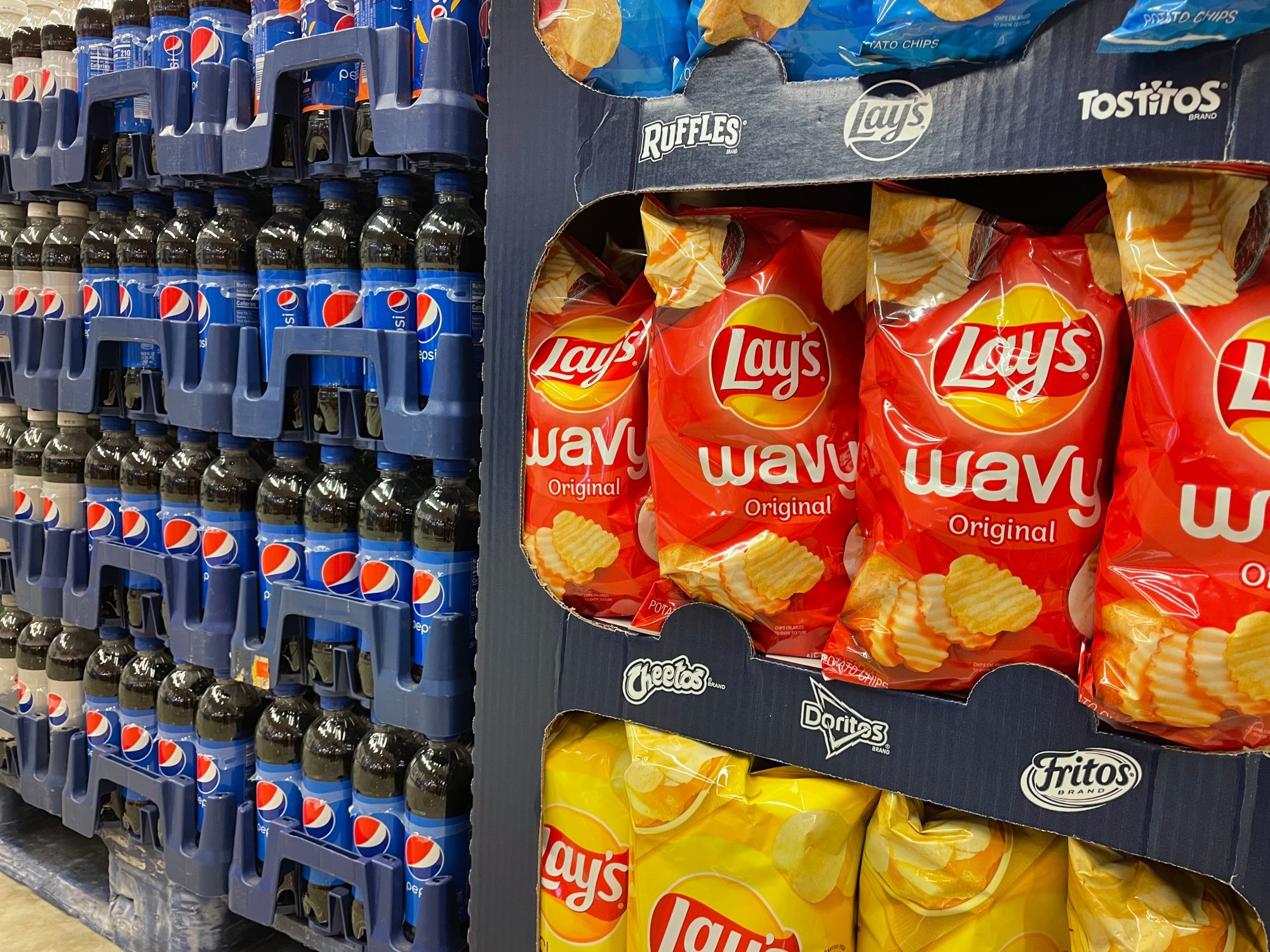PepsiCo has watered down a suite of key climate, water and packaging commitments, citing a lack of system-wide investment in cleaner technologies and support from policymakers as reasons for the shift.
The company is viewed as a leader in some areas of sustainability, having set a science-based target in 2016 and upgraded the ambition of that target in 2020. And the company’s Climate Transition Plan, released today, reveals areas of solid progress: A commitment to scale regenerative agriculture, for example, has been increased from 7 million to 10 million acres by 2030. But several other targets have been revised downward.
The changes are necessary because policies to support sustainability and outside investment in clean technologies have not progressed as fast as was anticipated, Chief Sustainability Officer Jim Andrew told Trellis. “We can advocate, we can collaborate, we can work to try and move forward,” he said, “but there’s only so much that we can do.”
Climate
Interpreting PepsiCo’s new emissions reductions targets is complicated by the company’s decision to move its baseline year from 2015 to 2022. Trellis has attempted to clarify the change by pegging the new commitments to the original 2015 baseline.
- Scope 1 and 2: The company’s original goal of a 75 percent cut by 2030 has been changed to 61 percent by the same year. In 2022, these emissions made up 8 percent of PepsiCo’s total emissions of 54 million metric tons of carbon dioxide equivalent.
- Scope 3: A targeted 40 percent cut by 2030 has been split into two commitments. Emissions from land use, which constitute almost a quarter of the total, will be downgraded to 27 percent by 2030. The target for other Scope 3 categories, including transportation and purchased goods, remains unchanged.
- Net-zero: The target date of 2040 has been pushed back to “2050 or sooner.”
Despite the changes, the goals are aligned with a pathway that limits global temperature increases to 1.5 degrees Celsius and have been validated by the Science Based Targets initiative, the company said.
Packaging
Many major companies, including the Coca-Cola Company, PepsiCo’s long-time rival, have recently backtracked on packaging commitments. PepsiCo’s latest targets add to that list.
- Virgin plastic: PepsiCo originally targeted a 20 percent reduction by 2030 in the amount of virgin plastic from non-renewable sources it uses in its packaging, relative to 2020. By 2023, the amount had grown by 6 percent. The company’s new goal is a 2 percent year-on-year reduction through 2030.
- Recycled content: A commitment to using 50 percent recycled content in plastic packaging by 2030 has been changed to 40 percent by 2035.
- Reusables: A goal of delivering one in five beverage servings through reusable models by 2030 has been abandoned, but the company will continue to explore reuse opportunities and report on its progress qualitatively.
Water
This area of work contains a couple of b
Read More

